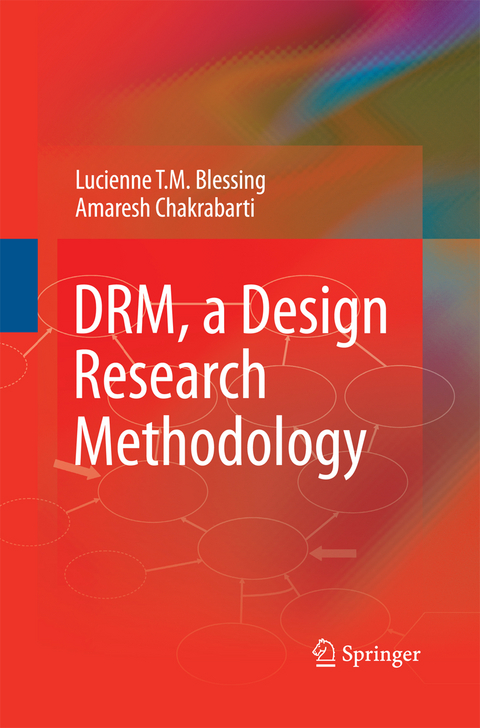
DRM, a Design Research Methodology
Springer London Ltd (Verlag)
978-1-4471-5774-8 (ISBN)
Both authors have been involved in design research for more than two decades, developing a deeper understanding of design and various effective forms of support for designers in the various stages of the design process. Lucienne Blessing has undertaken a variety of empirical design studies to better understand the design process as well as the requirements of methods and tools for design, resulting, e.g. in a support system for design. She has been teaching DRM - the Design Research Methodology described in this book - for ten years in an annual international Summer School on Engineering Design Research for PhD students. She received an award at the International Conference on Engineering Design (ICED97) for her contribution to design science. The second author's research led to the development of computer support for the creation of novel solutions for engineering design problems. For this work he received an award in the Morgans-Grampian UK Manufacturing Industry Awards competition. He has been teaching DRM to research students in India for seven years in an annual one Semester Course on Design Research Methodology for Masters and PhD students. The authors have led research teams, supervised a large number of student design research projects, in particular PhD research, and have been involved in a large number of design projects. The first author is are Co-Editor-in-Chief for Springer’s Research in Engineering Design journal (the second is on the advisory board), and both are Advisory Editors of several other journals including Journal of Engineering Design (Taylor & Francis), AI EDAM (Cambridge University Press), and Advanced Engineering Informatics (Elsevier). The authors regularly chair sessions at conferences and have been members of various advisory boards and organising committees. They frequently review books, papers, dissertations, and grant applications for various countries and are both on theAdvisory Board of the Design Society.
DRM: A Design Reseach Methodology.- Research Clarification.- Descriptive Study I: Understanding Design.- Prescriptive Study: Developing Design Support.- Descriptive Study II: Evaluating Design Support.- Writing Up: Publishing Results.- Summary and Conclusions.
| Erscheint lt. Verlag | 26.11.2014 |
|---|---|
| Zusatzinfo | XVII, 397 p. |
| Verlagsort | England |
| Sprache | englisch |
| Maße | 155 x 235 mm |
| Themenwelt | Kunst / Musik / Theater ► Design / Innenarchitektur / Mode |
| Informatik ► Weitere Themen ► CAD-Programme | |
| Technik ► Elektrotechnik / Energietechnik | |
| Technik ► Maschinenbau | |
| ISBN-10 | 1-4471-5774-5 / 1447157745 |
| ISBN-13 | 978-1-4471-5774-8 / 9781447157748 |
| Zustand | Neuware |
| Haben Sie eine Frage zum Produkt? |
aus dem Bereich


